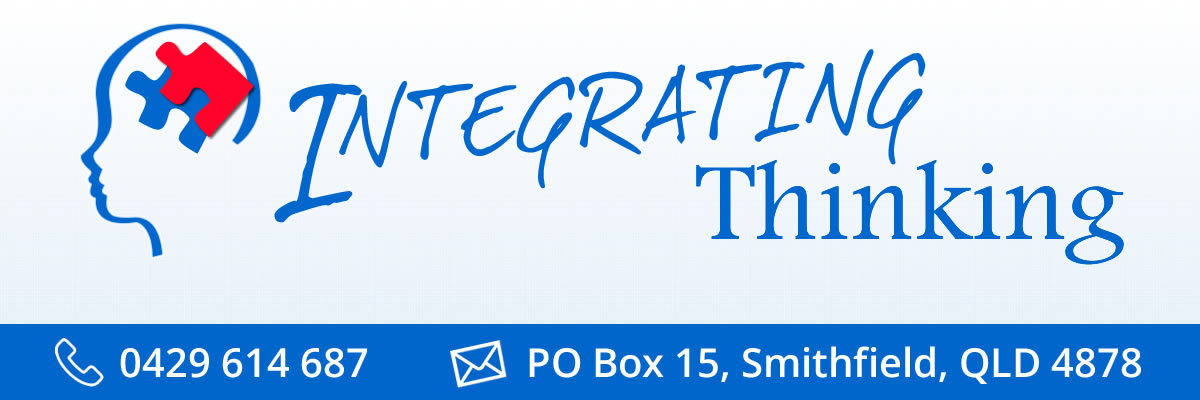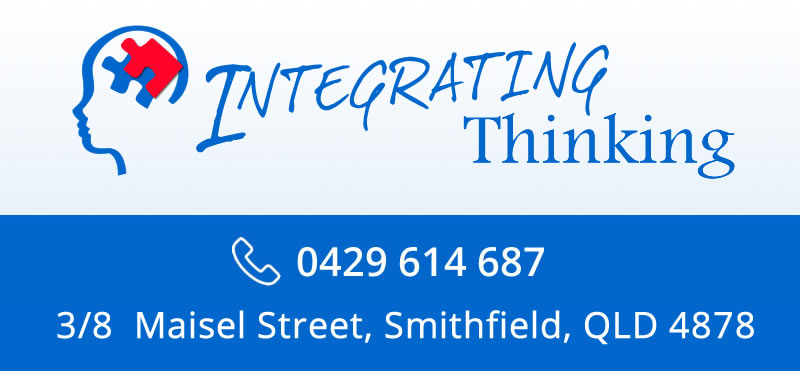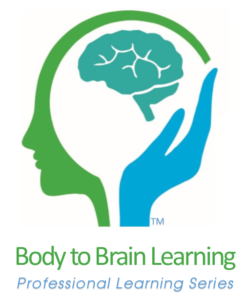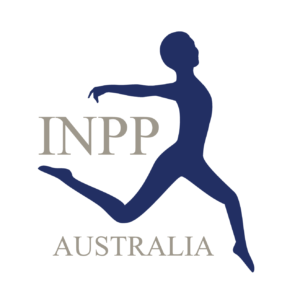By Chris Payard
Neuro- Developmental Education assumes that learning is more than just “thinking about” and “concentrating on” what you are learning.
Neuro-Developmental Education investigates and addresses underlying developmental, neuro-motor and neuro-physiological aspects needed to support learning.

Learning is, initially a physiological function – a neuro-physiological function that occurs in and through our body and doesn’t just occur in our brain. At a physiological level, it involves neurological change triggered by various stimuli and chemical transmitters that form neurological pathways which allow our brains and bodies to function in complex ways (neurotransmitters and other complicated processes, chemicals and steps are involved). Learning is more than just deliberately “using your brain” and “focussing on” what you are hearing, seeing or feeling. It is also much more than a concentrated effort to rote learn and imprint an action or information in our brains so that we can tap into it at a later stage like an automatic information filing and retrieval system.
We need to have well-functioning neurological processes to build our ability to learn and function well in our world AND, we need to have well-functioning physiological process to support learning. For example, vision, hearing and interpreting information obtained through our senses enable us to make sense of our world. Those processes need to be working well.
Learning is a highly complex physiological activity and ignoring the basis of that physiology when considering learning is like building a house without considering the structural support and foundations necessary to make that house strong and capable of withstanding environmental and physical conditions in which it is situated.
The development of neurological and physiological processes that enhance and support learning begins well before we are born and continues through early childhood and into adolescence and adulthood.
As soon as sweet Mary Jane is born she begins to learn about her world and her place in the world through physical experience impacting on her genetic predisposition which in turn helps her learn to function. This physical learning process enabling Mary Jane to function independently in the world initially begins through primitive reflex movements. Primitive reflexes help her respond to her environment and develop the physiological skills and posture that helps her to stand in a gravitational environment and move as an upright being, sit on a chair at a desk, move in a co-ordinated manner and learn from others around her, as well as books and other sources of information.
Primitive reflexes are there for a specific job and once they achieve their purpose, they should be integrated and then replaced by postural reflexes. If the primitive reflexes are still present, then it is probable that the reflex hasn’t done its job. While we may still be able to function and override some reflex responses, we generally require more energy to do so before our brains access their higher functioning capacity. For some children and adults this can impair function and capacity. The automatic pathways to higher function are more complex because the primitive, slower pathways still require physiological attention and energy to deal with them.
Imagine, if you will, learning to drive.
At first you must learn each of the skills and gradually put them together.
You don’t go and practice driving on the fastest interstate Freeway before having the skills of starting and controlling the vehicle. 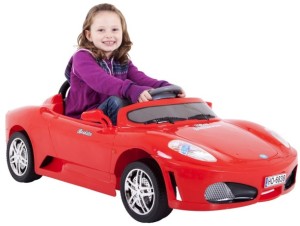
The multi-tasking capacity of an experienced driver is far more developed and complex than that of the novice driver.Eventually the skills required in foot, hand, eye and sensory perception of sound, moving at speed, controlling a moving object much heavier than ourselves (and sometimes with several passengers and additional cargo), innately understanding the physics of movement within that vehicle, and so on, become automatic. Not only can we drive on the busy highways and freeways, we can also listen to music, discuss complex concepts with our passengers and think about workplace conversations while driving at speed towards our chosen destination.
If, however, as an experienced driver, you find yourself in a new city, town or country, the freeway is busy, traffic is merging and you are in the middle lane of a 5 lane freeway requiring an exit that you aren’t really sure about, you tend to turn off the radio, stop the conversation with your passengers (in fact, often tell them politely to “be quiet”) and intensify your concentration on the more basic tasks of driving and navigation. You pay attention to the more basic features of driving. You minimise the distractions and concentrate on the tasks involved in keeping the car moving in the traffic to avoid an accident. You may even experience physiological stress symptoms: sudden perspiration or sweaty palms, faster breathing or breath holding, faster heart rate. You feel yourself in a much more alert state.
Neuro-Developmental Educators help those who have Neuro-Motor Immaturity (the novice drivers in our analogy) address some of the underlying issues that may inhibit their capacity to learn and function in the world. School, life and even home and daily life situations can be like a 6 lane super highway for these novice drivers. A child/adult with neuro-motor immaturity is like your novice driver being forced into that high intensity advanced driver situation of the busy freeway in another country with a car load of chatty passengers. They really don’t have the skills or capacity to drive well in that situation, and, they definitely fatigue more quickly than the experienced driver; in some cases, that situation could be an accident or traumatic experience waiting to happen. 
Neuro-Developmental Practitioners identify Neuro-Motor Immaturity and help address the underlying issues that may be contributing to the difficulties the person is experiencing. The processes used incorporate principles of neuro-plasticity to build and enhance the neuro-physiological foundations required for learning.
INPP Neuro Developmental Educators and Practitioners use the INPP method to address Neuro-motor immaturity. The INPP method of reflex integration is non-invasive and drug free and has been used in the UK for 40 years. The INPP method has helped many children and adults with various problems including ADD, ASD, dyslexia and other learning and behavioural issues address this aspect of their limited capacity to function effectively in school, home or social situations.
For more information regarding the INPP program or becoming a Neuro-Developmental practitioner using the INPP method, contact Integrating Thinking: email: admin@integratingthinking.com.au or use our inquiry form on our website.
Images sourced from Google images.
A PDF version of this post is available through this link: What is Neuro Developmental Education?
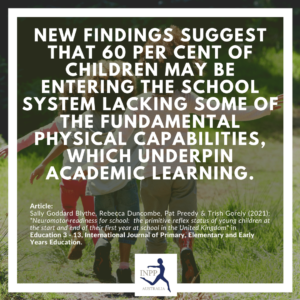 New Research:
New Research:
